Kaydub
TPF Noob!
- Joined
- Mar 28, 2010
- Messages
- 13
- Reaction score
- 0
- Location
- Michigan US
- Can others edit my Photos
- Photos OK to edit
I'm a beginner who recently purchased a Nikon D40. Most of my pictures have been of people inside at night under low to mid incandescent light without flash. The kit lens was awful at this so I bought the 35mm f1.8 AF-S prime. I'm getting better at playing with all the different settings like aperture and shutter speed, but most of my shots that turn out well feel like accidents. I'm going all over the place settings wise.
What is a basic load-out of settings I should use? Something I can use as a starting point and then go from there. It has to be able to handle movement of the subject.
Thanks in advance! I'll post the resulting pictures once I get this figured out.
What is a basic load-out of settings I should use? Something I can use as a starting point and then go from there. It has to be able to handle movement of the subject.
Thanks in advance! I'll post the resulting pictures once I get this figured out.



![[No title]](/data/xfmg/thumbnail/36/36135-6594fe1d58af0053c3e939665e543ce4.jpg?1619737388)
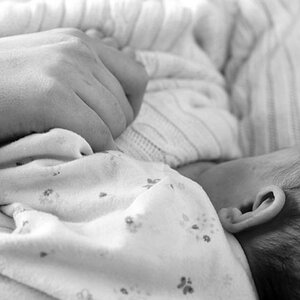
![[No title]](/data/xfmg/thumbnail/42/42058-8597ac0f687fb4007aa3ca0210936f04.jpg?1619739994)
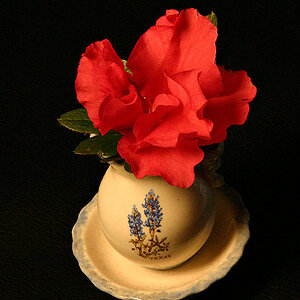
![[No title]](/data/xfmg/thumbnail/42/42059-61b97bbebb00e6276672551f4e3b3e43.jpg?1619739995)
![[No title]](/data/xfmg/thumbnail/35/35952-55c8d42ec1c6ff0e13b45356cbf9c068.jpg?1619737263)
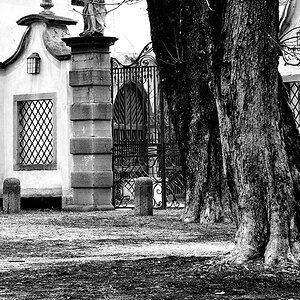

![[No title]](/data/xfmg/thumbnail/40/40308-f92e28f094216c151f3ad1fd7453c99b.jpg?1619739413)
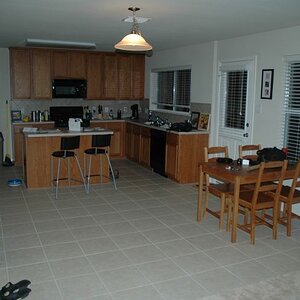
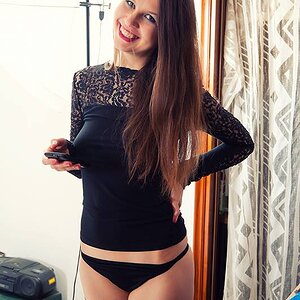
![[No title]](/data/xfmg/thumbnail/36/36133-8b29212f67c25fcf353a0c2f376b1501.jpg?1619737385)